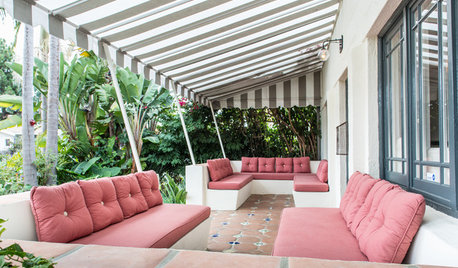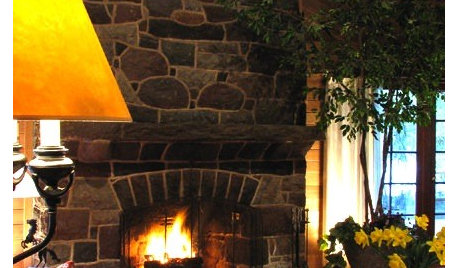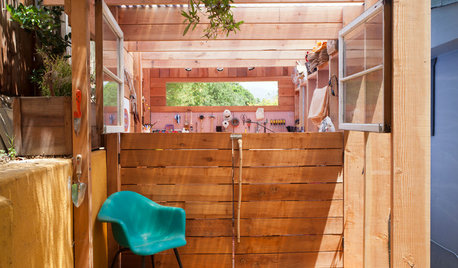What do you wish you knew...
harmonyfarms
17 years ago
Related Stories

EXTERIORSGreat Design Element Our Grandparents Knew All About: Awnings
This time-tested feature for shading and cooling is enjoying a resurgence
Full Story
MY HOUZZMy Houzz: Attention to Detail Revives a Century-Old Louisville Home
After 13 years of wishful thinking, a couple complete a 5-year renovation in their historic Highlands neighborhood
Full Story
HOUZZ TOURSMy Houzz: Contemporary Beauty in an Ontario Home
Rich colors, sleek lines and a backyard oasis fulfill both halves of a Canadian couple's wish list for their upgraded home
Full Story
GARDENING GUIDES6 New Plant Varieties That Beat Out Their Parents
With better resistance and fewer demands, these garden beauties are worth a spot on your wish list
Full Story
VALENTINE’S DAY50 Valentines to Home
Houzz users reveal how they knew their home was "the one"
Full Story
HOME TECHMeet the New Super Toilets
With features you never knew you needed, these toilets may make it hard to go back to standard commodes
Full Story
STUDIOS AND WORKSHOPSA Compact Shed Makes Room for Storage, Creativity and Style
With a tidy workspace, neatly hidden trash cans and even a mini patio, this inspired shed meets everything on a creative couple's wish list
Full Story
DECORATING GUIDES11 Spaces That Aced High School
It was the best of times, it was the worst of times. But who knew high school influenced interior designs too?
Full Story
HOUZZ TOURSHouzz Tour: A Modern Home for Newlyweds
Designer Abbe Fenimore Shows How to Mix Wish Lists for Beautiful Results
Full Story
PRODUCT PICKSGuest Picks: 20 High-Energy Beach Towels
Who knew beach towels could be so fun? These colorful ones mark your spot on the sand in high style
Full StoryMore Discussions






aisgecko
lindakimy
Related Professionals
Otsego Landscape Architects & Landscape Designers · Alexandria Landscape Contractors · Mooresville Landscape Contractors · Bellefontaine Neighbors Landscape Contractors · Beverly Hills Landscape Contractors · Estelle Landscape Contractors · Fort Wayne Landscape Contractors · Gainesville Landscape Contractors · Las Vegas Landscape Contractors · Mission Landscape Contractors · North Potomac Landscape Contractors · Rockland Landscape Contractors · San Rafael Landscape Contractors · Secaucus Landscape Contractors · Vermilion Landscape Contractorsbrenda_near_eno
mrsig
aisgecko
mrsig
trianglejohn
nberg7
arwenlurks
harmonyfarmsOriginal Author
arwenlurks
nancyofnc
junequilt
lindakimy
nancyofnc
shari1332
Bumblebeez SC Zone 7
sugarhill
aisgecko
sugarhill